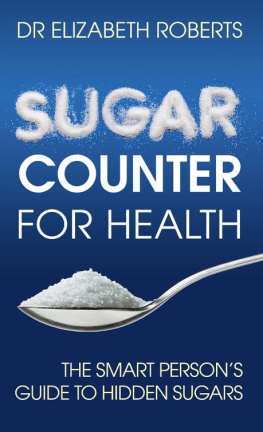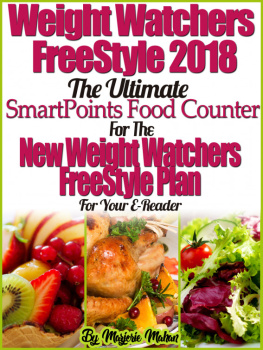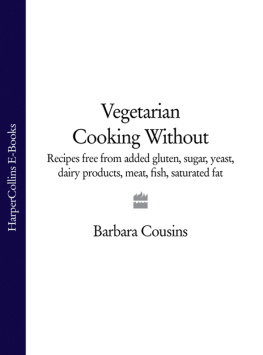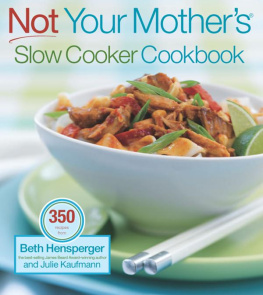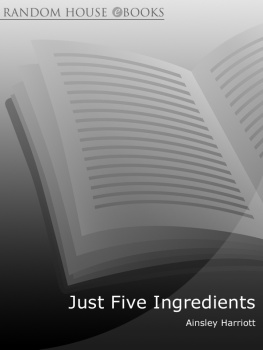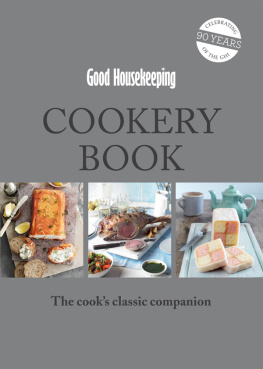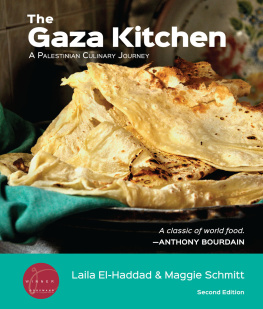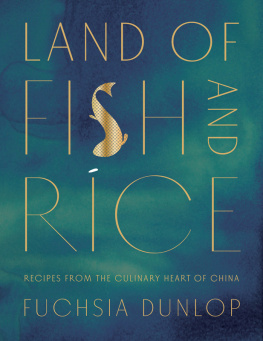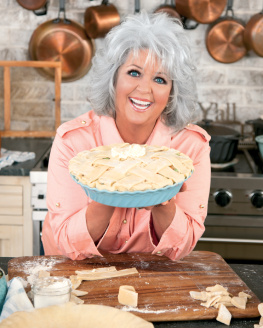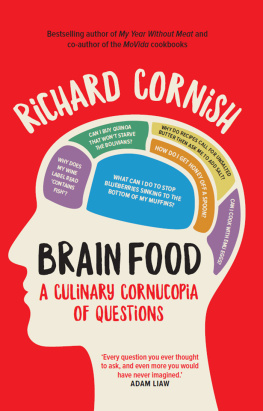I t wasnt so long ago that a merry jingle told us how a Mars a day helps you work rest and play.
Taken to heart, that would mean a sugar intake of 10.7 teaspoons a day around 75 teaspoons a week, according to figures from the British Dental Foundation. Glug a daily can of CocaCola, another 8.1 teaspoons a day, or 56.7 a week, and youve a daily sugar consumption of 18.8 teaspoons before youve added breakfast cereal, toast, pizza, chicken in BBQ sauce, a banana, yogurt, a glass of wine, all of them containing sugar. And do you put sugar in your tea and coffee?
The World Health Organisation recommends that we consume no more than 6 teaspoons of sugar a day. Many of us the majority of us are consuming many more than that. In so doing, we are setting ourselves up for innumerable long-term and serious health problems.
One in four Britons is obese, according to the UN Food and Agriculture Organisation. Britain has the highest levels of obesity in Western Europe.
And the root cause? Sugar.
Jamie Oliver, chef, author and food and health campaigner, likes to talk about honest and dishonest sugars. The former are those we know we are ingesting in that bar of chocolate perhaps, or a coffee. The latter often disguised under another name are the hidden sugars that occur in foods. Savoury foods, where we might not expect to find sugar tomato soup, a pizza, BBQ sauce for example. Low-fat foods, where added sugar is used to enhance flavour and texture.
Fizzy drinks are a particular problem, for many of us are unaware just how much sugar they contain. Jamie Oliver is advocating a tax on them, with the money raised being put to good use primary schools and the NHS. He has set an example by levying a tax on drinks with added sugar in his own restaurants. He and others want to see far more government regulation of the food and drinks industry, making manufacturers come clean about hidden sugars and much besides. Sadly the government seems to prefer self-regulation and industry-funded research designed to obscure rather than clarify.
As a dietitian, I know only too well how difficult it can be for people to make sense of food labels. Looking through food labels with clients is often a revelation, especially when people are making choices they think are healthy. A family history of breast cancer led me to conduct my own research into what constitutes a truly healthy diet, beyond the advice I was taught to give out as a dietitian. And the first change that I made to my own diet? To cut right down on sugar. I soon realised what a minefield food labelling can be and so decided to write this book to help consumers navigate the food aisles.
The Sugar Counter for Health will help you decode the labels on everyday foods and ingredients, enabling you to know exactly what youre buying and what youre eating.
The scale of the problem
The dangers of eating too much are now increasingly clear. Levels of consumption once considered safe are now known to be unsafe and official bodies are revising their guidelines. Added sugar contained in so many everyday foods is a particular hazard. Often were not even aware that we are eating it and that of course makes it all too easy to eat more than we should.
The World Health Organisation (WHO) suggested recently that less than 5% of our total daily calorie intake be added sugar a halving of its previous recommendation of no more than 10%.
In the UK, the Scientific Advisory Committee for Nutrition (SACN) has been even more radical. It too now recommends a daily 5% maximum. But until recently SACN had been happy that added sugar form as much as 1115% of daily calorie intake.
Addedsugar is defined as sugars that are added to foods by the manufacturer, cook, or consumer, plus sugars naturally present in honey, syrups, and fruit juices
So how can we know how much sugar we are eating?
Its easy to know the total sugar content of packaged foods: the law requires that it be stated on the food label. It is trickier for foods that are not labelled for example, foods we have prepared ourselves.
There are different types of sugars and these can be either naturally occurring or added to food. Although food labels tell us how much total sugar is contained in a particular food, they tell us nothing about the type of sugar. Not all sugars are thought to be harmful the sugars found naturally in fresh milk, for example. Neither do food labels tell us whether sugar is added or naturally occurring. Naturally occurring sugars such as those in fresh fruit are not thought to be so harmful because the sugar comes attached to the natural fibre in the food, lessening its negative impact on our bodies. People can find this confusing and worry unnecessarily about naturally occurring sugars.
Despite the dangers of too much added sugar, food manufacturers are still not required to tell us how much they add to our food. The Sugar Counter for Health uses the latest national food analysis in the UK as a guide to the sugars that are hidden in our food. As well as the amount of total sugar, it details the amount of sucrose, fructose and glucose contained in more than 2,500 foods and drinks. By checking the amount of each, you will understand how much sugar can be hidden in your everyday foods.
How to use this sugar guide
You can use The Sugar Counter for Health simply to check the total sugar content of most of your everyday foods, including cooked foods and meals. However, it doesnt reveal the whole picture. Some of the total sugar may be comprised of different types of sugar that arent unhealthy. Take milk: whole milk contains 4.8g of sugar per 100g, and yet it contains no fructose or sucrose. This is because all the sugar in milk is in the form of milk sugar, or lactose. Lactose is not thought to contribute to obesity, diabetes and other metabolic disorders.
You might want to go one step further and use this guide to check out the sucrose, fructose and glucose content of the foods you eat in order to form an idea of whether sugar might be added. Although food manufacturers may add sugar in the form of sugar syrups which contain varying amounts of glucose, fructose and other sugars, sucrose is found in food mainly when it is added. The exception to this is fresh, whole fruit. Peaches for example contain 5.2g of sucrose per 100g. As these are raw, unprocessed peaches, all this sucrose will be naturally occurring.
Now look at Muffins, American, not chocolate. See all that sucrose (24.3g)? That will be added to the muffins as table sugar in food processing. Large amounts of glucose suggest that this too may have been added. Excess fructose is thought to be the main reason that sugar leads to health problems.
For each food item included in this guide, the food is listed per 100g as weighed. For some items, the food is listed twice weighed before and after preparation. For example, under Fish, fish dishes and seafood you will find that lobster is listed twice: Lobster, boiled and Lobster, boiled, weighed with shell. The first should be used if you cook the lobster and then remove the shell before weighing. You should use the second if you weighed the lobster before removing the shell. Some foods include both a raw and a cooked weight, depending on whether or not you weighed the food before cooking these foods will lose weight during cooking, mainly from water loss.
The information about total sugar, sucrose, fructose and glucose in this guide is sourced from the UK Composition of Foods Integrated Dataset (CoFID), a national project to analyse foods commonly consumed in the UK. The information was updated in 2015, when most foods were re-analysed to reflect recent changes in food composition by manufacturers. For each food item, the amount of total sugars and teaspoons (tsp) of sugar per 100g and per portion size is given, as well as the amount of sucrose, fructose and glucose per 100g. Teaspoons of sugar are rounded to the nearest quarter teaspoon. Where the letter N appears instead of a value, this means that the amount of sucrose, fructose and/or glucose for this particular food was not analysed by CoFID. Tr stands for Trace meaning there was a little of the particular sugar, but less than 0.1g per 100g.

